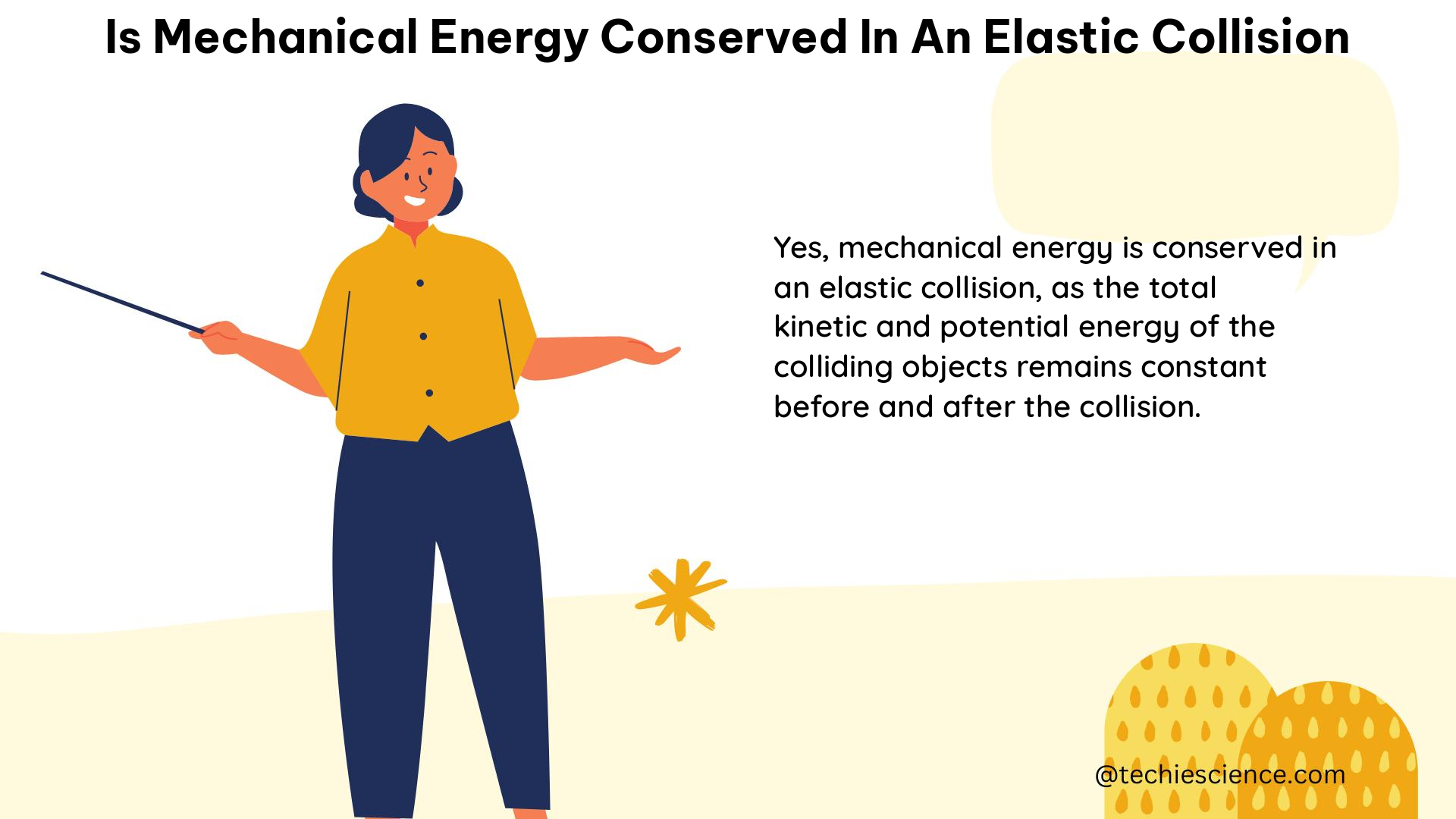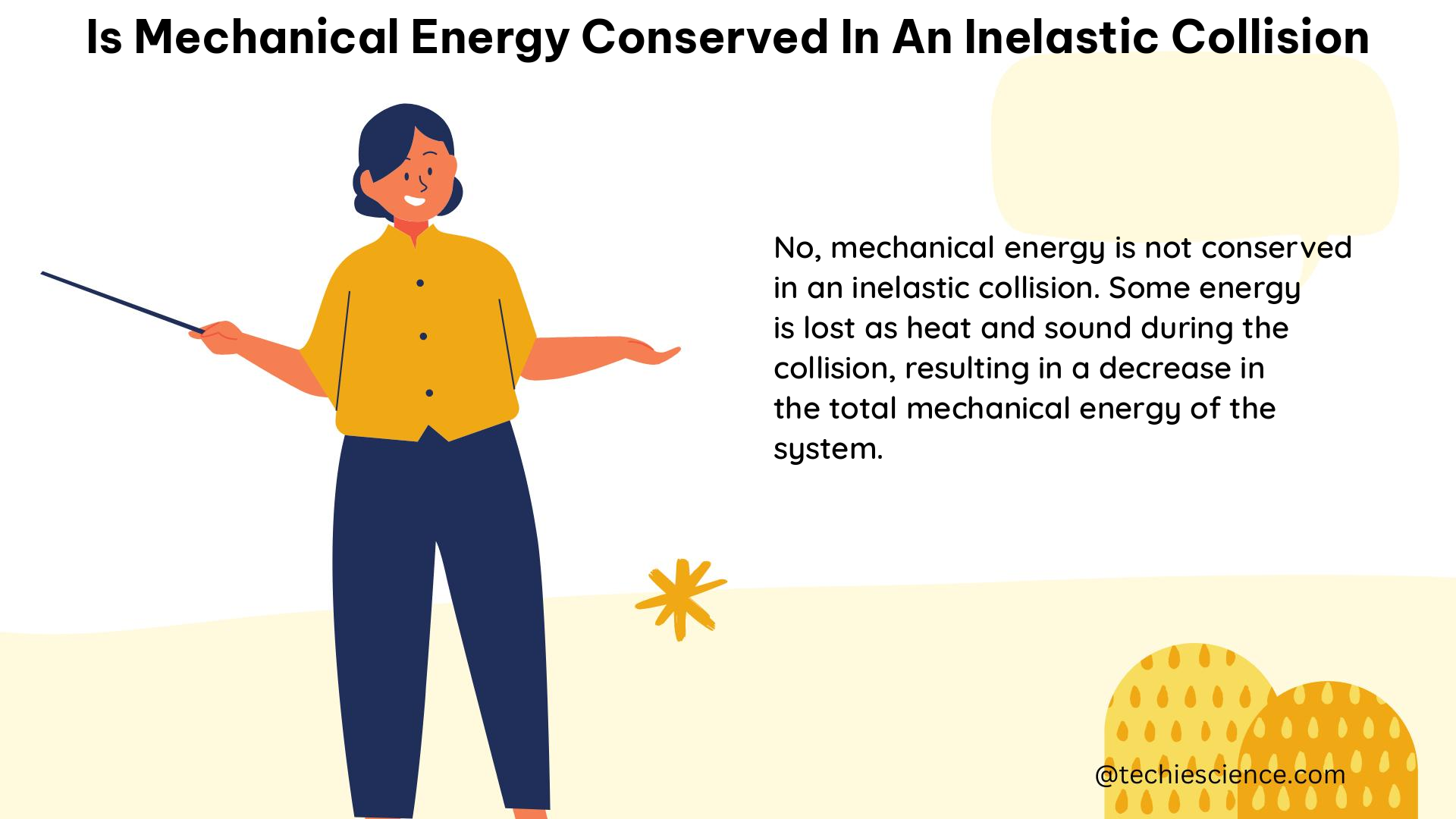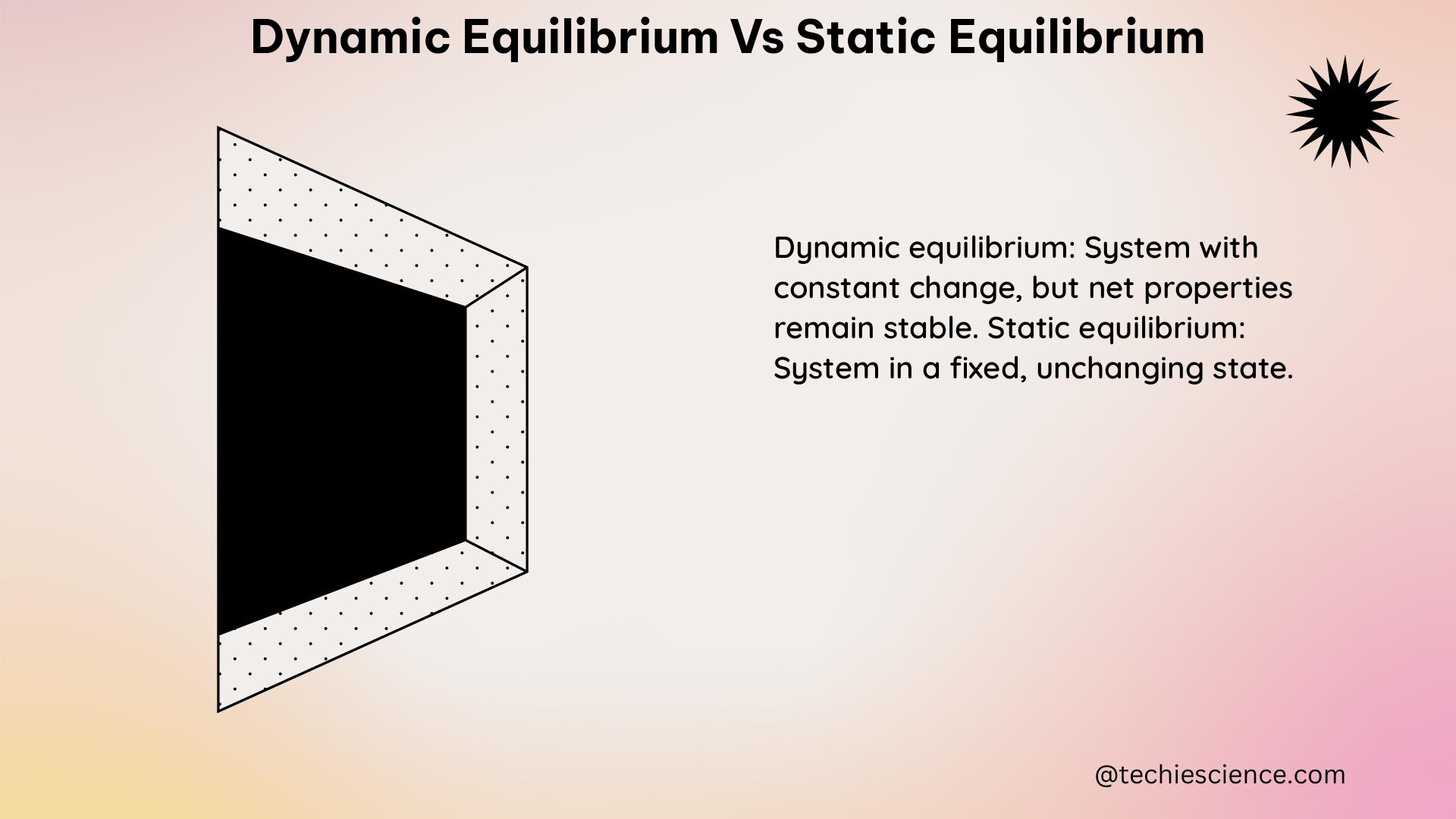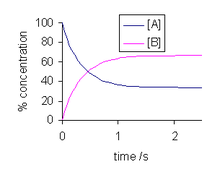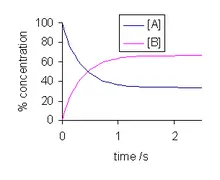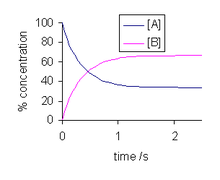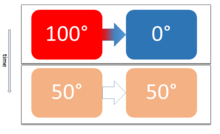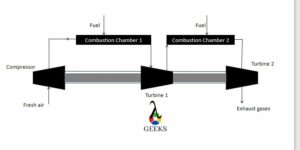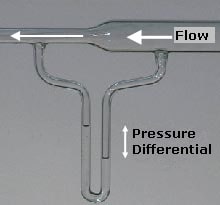Mechanical energy is a fundamental concept in physics that encompasses the energy associated with the motion and position of objects. This form of energy plays a crucial role in various aspects of our daily lives, from simple pendulum experiments to complex industrial applications. In this comprehensive guide, we will delve into the diverse uses of mechanical energy, exploring its principles, transformations, and real-world applications.
1. Conservation of Mechanical Energy
The principle of conservation of mechanical energy is a fundamental law in physics that states that the total mechanical energy of an isolated system remains constant. This means that the sum of the potential energy and kinetic energy of an object remains the same, regardless of the changes in its position or motion.
1.1. Pendulum Example
One of the classic examples of the conservation of mechanical energy is the pendulum experiment. In a pendulum system, the total mechanical energy is the sum of the potential energy and the kinetic energy. When a pendulum is released from rest at a certain height, its potential energy is at its maximum. As the pendulum swings down, the potential energy is converted into kinetic energy, and the total mechanical energy remains constant.
For instance, consider a 0.200-kg pendulum released from rest at a height of 0.5 meters. The potential energy of the pendulum at the highest point can be calculated using the formula:
Potential Energy = m × g × h
Potential Energy = 0.200 kg × 9.8 m/s² × 0.5 m = 0.98 J
As the pendulum swings down, the potential energy is converted into kinetic energy, but the total mechanical energy remains constant at 0.98 J.
1.2. Roller Coaster Energy Transformations
Another example of the conservation of mechanical energy can be observed in the motion of a roller coaster. At the top of the roller coaster hill, the potential energy is at its maximum, and as the roller coaster car descends, the potential energy is converted into kinetic energy.
For instance, consider a roller coaster car with a mass of 500 kg that is lifted to a height of 20 meters. The potential energy of the car at the top of the hill can be calculated using the formula:
Potential Energy = m × g × h
Potential Energy = 500 kg × 9.8 m/s² × 20 m = 98,000 J
As the roller coaster car descends, the potential energy is converted into kinetic energy. If the car reaches a velocity of 20 m/s at the bottom of the hill, its kinetic energy can be calculated using the formula:
Kinetic Energy = 1/2 × m × v²
Kinetic Energy = 1/2 × 500 kg × (20 m/s)² = 100,000 J
The total mechanical energy of the roller coaster car remains constant throughout its motion, with the potential energy being converted into kinetic energy and vice versa.
2. Mechanical Energy in Everyday Life
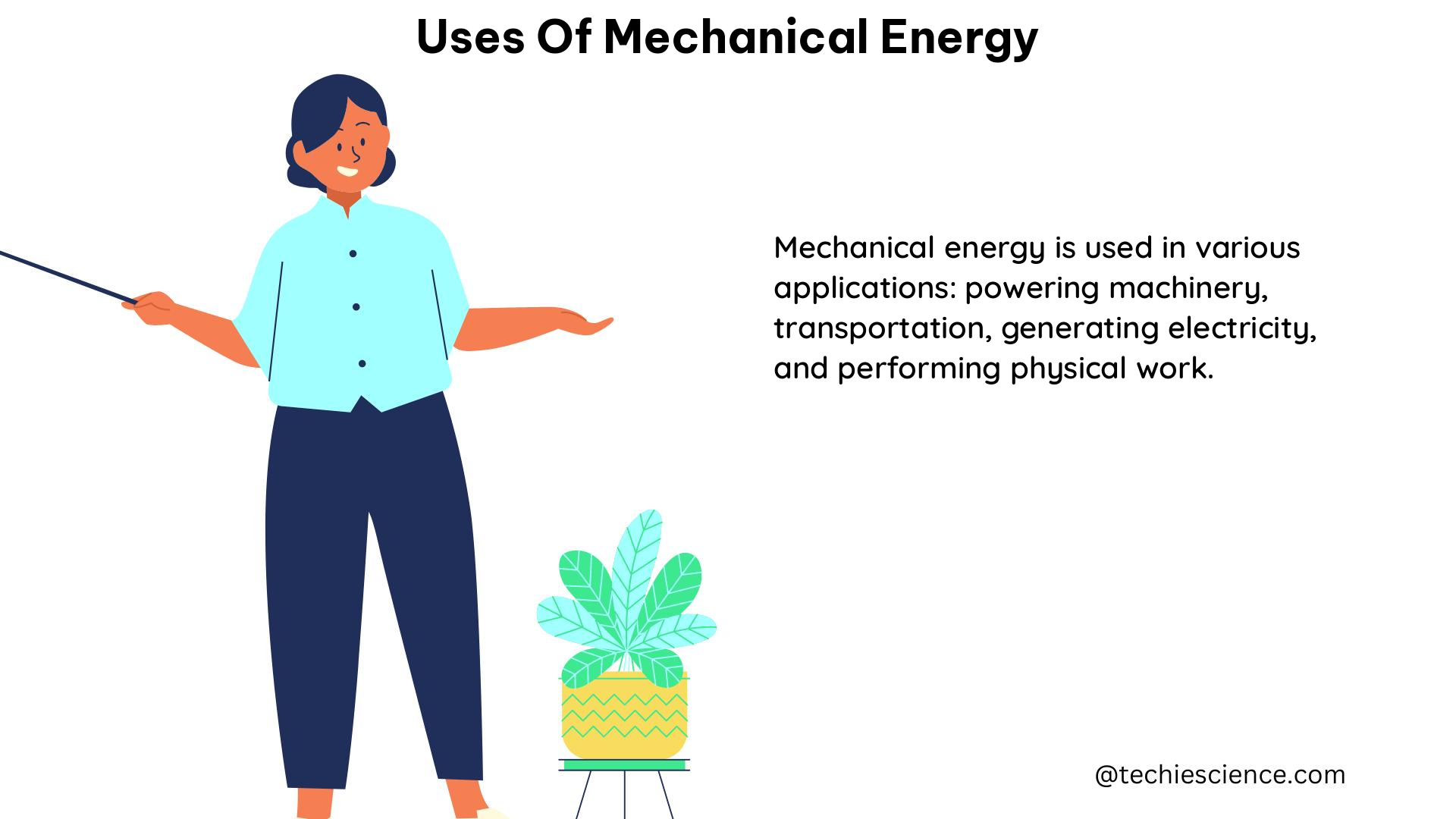
Mechanical energy plays a crucial role in various aspects of our daily lives, from the generation of electricity to the motion of automobiles.
2.1. Hydroelectric Power Plants
One of the most significant applications of mechanical energy is in the generation of electricity through hydroelectric power plants. In these plants, the gravitational potential energy of water is converted into electrical energy.
For example, the Agus VI Hydroelectric Power Plant in the Philippines generates approximately 245 MW of power, which is equivalent to 882,000,000 J of mechanical energy per second. This mechanical energy is generated by the flow of water through the turbines, which in turn drive the generators to produce electricity.
2.2. Automobiles
The mechanical energy of a moving car can be calculated using its kinetic energy. For instance, a car with a mass of 1,500 kg traveling at a velocity of 30 m/s has a kinetic energy of:
Kinetic Energy = 1/2 × m × v²
Kinetic Energy = 1/2 × 1,500 kg × (30 m/s)² = 675,000 J
This kinetic energy is the mechanical energy that propels the car forward and allows it to overcome various forces, such as air resistance and rolling friction.
3. Energy Transformations in Sports
Mechanical energy plays a crucial role in various sports, where the conversion between potential energy and kinetic energy is observed.
3.1. Downhill Skiing
In downhill skiing, the potential energy of the skier at the top of the hill is converted into kinetic energy as the skier descends. For example, consider a skier with a mass of 70 kg who starts at a height of 500 meters and reaches a velocity of 40 m/s at the bottom of the hill. The potential energy at the top of the hill can be calculated as:
Potential Energy = m × g × h
Potential Energy = 70 kg × 9.8 m/s² × 500 m = 34,300 J
As the skier descends, this potential energy is converted into kinetic energy, which can be calculated as:
Kinetic Energy = 1/2 × m × v²
Kinetic Energy = 1/2 × 70 kg × (40 m/s)² = 112,000 J
The total mechanical energy of the skier remains constant throughout the descent, with the potential energy being transformed into kinetic energy.
4. Mechanical Energy in Industrial Applications
Mechanical energy plays a crucial role in various industrial applications, from the storage of energy to the operation of machinery.
4.1. Flywheels
Flywheels are devices used to store kinetic energy, which can be released as needed. The amount of kinetic energy stored in a flywheel depends on its mass and rotational velocity.
For instance, consider a flywheel with a mass of 500 kg and a rotational velocity of 1,000 rpm (revolutions per minute). The kinetic energy stored in the flywheel can be calculated using the formula:
Kinetic Energy = 1/2 × I × ω²
Where:
I = Moment of Inertia of the flywheel
ω = Angular velocity of the flywheel
Assuming the flywheel has a uniform mass distribution, the moment of inertia can be calculated as:
I = 1/2 × m × r²
I = 1/2 × 500 kg × (1 m)² = 250 kg·m²
The angular velocity (ω) can be calculated as:
ω = 2 × π × N / 60
ω = 2 × π × 1,000 rpm / 60 = 104.72 rad/s
Substituting the values, the kinetic energy stored in the flywheel is:
Kinetic Energy = 1/2 × 250 kg·m² × (104.72 rad/s)² = 1,570,000 J
This stored kinetic energy can be released as needed to power various industrial applications.
5. Mechanical Energy in Renewable Energy Systems
Mechanical energy plays a crucial role in the generation of renewable energy, particularly in wind and hydroelectric power systems.
5.1. Wind Turbines
In wind turbines, the kinetic energy of the wind is converted into mechanical energy, which is then used to generate electrical energy. The amount of mechanical energy generated by a wind turbine depends on the wind speed and the size of the turbine blades.
For example, consider a wind turbine with a blade diameter of 50 meters and a wind speed of 10 m/s. The mechanical power generated by the turbine can be calculated using the formula:
Mechanical Power = 1/2 × ρ × A × v³
Where:
ρ = Density of air (approximately 1.225 kg/m³)
A = Area swept by the turbine blades (π × r²)
v = Wind speed
Substituting the values:
Mechanical Power = 1/2 × 1.225 kg/m³ × (π × (25 m)²) × (10 m/s)³
Mechanical Power = 1,910,000 W or 1.91 MW
This mechanical power can then be converted into electrical energy through the generator in the wind turbine.
5.2. Hydroelectric Power Plants
As mentioned earlier, hydroelectric power plants utilize the gravitational potential energy of water to generate mechanical energy, which is then converted into electrical energy. The amount of mechanical energy generated depends on the height of the water and the flow rate.
For instance, consider a hydroelectric power plant with a water flow rate of 500 m³/s and a height difference of 50 meters. The mechanical power generated can be calculated using the formula:
Mechanical Power = ρ × g × Q × h
Where:
ρ = Density of water (approximately 1,000 kg/m³)
g = Acceleration due to gravity (9.8 m/s²)
Q = Flow rate of water (500 m³/s)
h = Height difference (50 m)
Substituting the values:
Mechanical Power = 1,000 kg/m³ × 9.8 m/s² × 500 m³/s × 50 m
Mechanical Power = 24,500,000 W or 24.5 MW
This mechanical power is then used to drive the turbines and generators, converting the energy into electrical form.
Conclusion
Mechanical energy is a fundamental concept in physics that plays a crucial role in various aspects of our daily lives. From the conservation of energy in simple pendulum experiments to the complex transformations in renewable energy systems, the applications of mechanical energy are diverse and far-reaching.
By understanding the principles of mechanical energy, its transformations, and its quantifiable data, we can better appreciate the underlying physics that govern the world around us. This knowledge can be applied in various fields, from engineering and technology to sports and industrial applications, to optimize the use of mechanical energy and improve the efficiency of systems.
As we continue to explore and harness the power of mechanical energy, the potential for innovation and advancement in various domains remains vast and exciting.
References
- Scribd. (n.d.). ES-TG Module 2 Climate Revised. Retrieved from https://www.scribd.com/document/405509820/Es-Tg-Module-2-Climate-Revised
- The Physics Classroom. (n.d.). Analysis of Situations in Which Mechanical Energy is Conserved. Retrieved from https://www.physicsclassroom.com/class/energy/Lesson-2/Analysis-of-Situations-in-Which-Mechanical-Energy
- Study.com. (n.d.). Conservation of Mechanical Energy. Retrieved from https://study.com/academy/lesson/conservation-of-mechanical-energy.html
- CLEAN. (n.d.). Energy Literacy: Essential Principles and Fundamental Concepts for Energy Education. Retrieved from https://cleanet.org/clean/literacy/energy1.html
- OpenTextBC. (n.d.). Work and Mechanical Energy. Retrieved from https://opentextbc.ca/foundationsofphysics/chapter/work-mechanical-energy/
